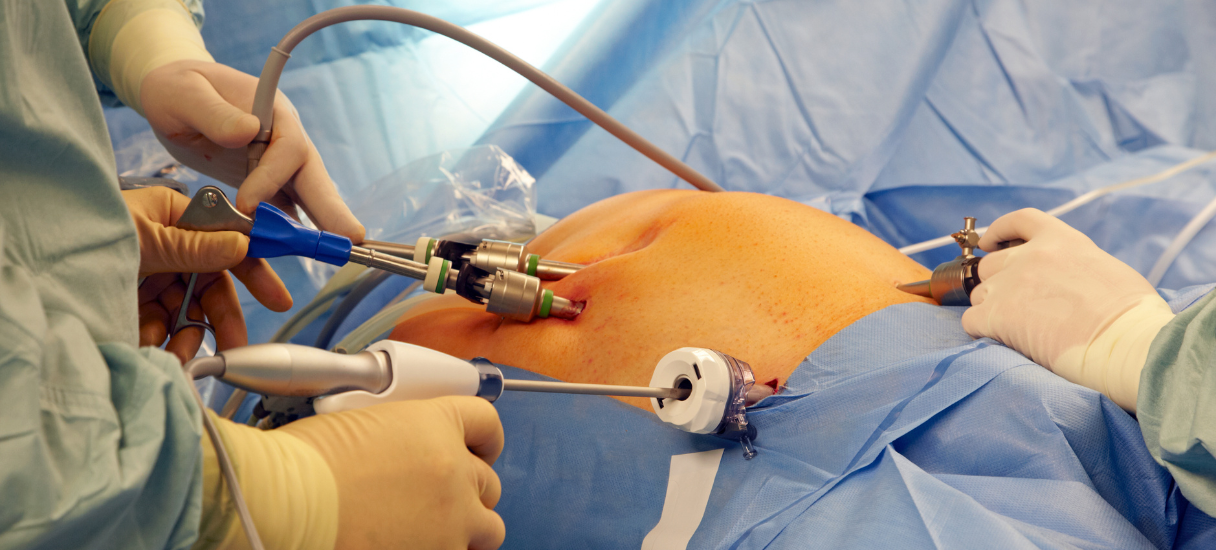The implementation of new medical devices in healthcare settings has the potential to improve patient care and streamline clinical workflows significantly. However, it also presents a unique set of challenges. One of the most complex aspects is medical device software integration, which involves connecting these devices with existing hospital systems, such as electronic health records (EHRs), and ensuring smooth data flow between various medical technologies. This article explores the main obstacles faced when introducing new medical devices into healthcare environments, focusing on medical device integration, software challenges, and the critical aspects of data management.
The Complexity of Medical Device Integration
Adopting new medical devices requires careful consideration of their ability to integrate with existing healthcare technologies. Medical device integration involves connecting various types of devices—such as patient monitors, infusion pumps, and imaging equipment—to a central system where data can be processed and stored. This integration is essential for ensuring accurate and timely patient information, improving clinical decision-making, and enhancing overall healthcare delivery.
1. Interoperability Issues
One of the most significant challenges in medical device implementation is achieving interoperability between devices from different manufacturers. Many hospitals use a wide range of devices, each with its own software and communication protocols. Ensuring these devices can communicate seamlessly with each other and with hospital systems like EHRs is crucial. To facilitate data exchange, medical device integration vendors must develop solutions that support multiple protocols and standards, such as HL7 or FHIR.
Lack of interoperability can lead to fragmented patient data, where information from one device is not easily accessible or usable by other systems. This can delay diagnosis and treatment, leading to potential errors in patient care. Healthcare providers and technology developers must collaborate to create medical device integration software that bridges these gaps and ensures that devices can operate harmoniously.
2. Regulatory Compliance and Certification
Another significant challenge is ensuring that new medical devices meet regulatory standards. Medical devices are subject to stringent approval processes from bodies like the U.S. Food and Drug Administration (FDA) or the European Medicines Agency (EMA). These organizations require devices to undergo rigorous safety, efficacy, and reliability testing before being deployed in clinical settings.
Beyond the initial approval, manufacturers must ensure their devices comply with healthcare regulations such as the Health Insurance Portability and Accountability Act (HIPAA) for data security in the U.S. or the General Data Protection Regulation (GDPR) in Europe. Meeting these requirements can delay the rollout of new medical devices and add considerable costs to the development process.
3. Integration with Existing IT Infrastructure
Integrating new medical devices into a healthcare facility’s IT infrastructure can be daunting. Hospitals often rely on various legacy systems that may not easily support incorporating modern technologies. Medical device data integration requires that these devices be compatible with a healthcare facility’s network architecture, data storage systems, and cybersecurity protocols.
In many cases, the existing infrastructure may need to be upgraded or modified to support the full functionality of the new devices. This can be costly and time-consuming, particularly for large healthcare organizations with complex IT systems. A significant technical and logistical challenge is ensuring that new medical devices integrate seamlessly with hospital networks without disrupting current operations.
Data Security and Privacy Concerns
Data security and privacy concerns rise as medical devices become increasingly connected to hospital networks and other healthcare systems. New devices that capture, store, or transmit patient data must be equipped with robust security measures to protect against cyberattacks, breaches, and unauthorized access.
1. Cybersecurity Vulnerabilities
Medical devices connected to hospital networks are vulnerable to cybersecurity threats. Hackers may attempt to exploit weaknesses in device software to access sensitive patient information or disrupt the functioning of critical devices. This poses serious risks to patient safety and privacy. Ensuring that devices are protected by encryption, secure communication protocols, and regular software updates is critical.
Medical device integration software developers must also ensure that their systems meet industry standards for cybersecurity. This includes building features like secure user authentication, audit trails, and encryption to protect patient data as it is transmitted between devices and hospital systems.
2. Data Privacy Regulations
In addition to security threats, medical device manufacturers must also consider data privacy regulations. Devices that collect patient data must comply with regulations like HIPAA, which governs how patient information is stored, accessed, and shared. These regulations are designed to ensure that personal health information (PHI) is protected and that patients have control over how their data is used.
Failure to comply with data privacy regulations can result in hefty fines and damage to the device manufacturer’s or healthcare provider’s reputation. Medical device integration vendors must work closely with healthcare organizations to ensure their products meet the regulatory requirements for data privacy.
User Training and Adoption
Even when a new medical device is successfully integrated into a hospital’s infrastructure, challenges remain in ensuring that healthcare professionals are adequately trained to use the device. Adopting new technologies can be slow, mainly if staff are unfamiliar with the device or find it challenging to use.
- Staff Training and Education. Introducing a new medical device requires comprehensive training for all staff who will use it, including doctors, nurses, technicians, and other healthcare workers. Healthcare professionals are often overwhelmed with their day-to-day responsibilities, leaving little time for learning how to use a new device. Effective training programs must be developed to ensure staff understand how to operate the device, troubleshoot common problems, and integrate it into their workflow. This is critical for ensuring patient safety and maximizing the device’s benefits.
- Resistance to Change. Healthcare professionals may resist adopting new devices, particularly if they are accustomed to using existing tools and systems. This resistance can slow the implementation process and limit the device’s effectiveness. To address this, medical device manufacturers and healthcare providers must work together to demonstrate the benefits of the new technology and provide ongoing support during the transition period.
The Cost of Implementation
Cost is among the most significant barriers to implementing new medical devices in healthcare facilities. The financial burden can be substantial, from purchasing the device to integrating it with existing systems and training staff. Hospitals must carefully consider the return on investment (ROI) when deciding whether to adopt new technologies.
- Initial Investment. The initial costs of acquiring new medical devices can be high, especially for cutting-edge technologies. Hospitals must weigh the costs of purchasing the device against its potential benefits in terms of improved patient outcomes and efficiency. For smaller healthcare facilities with limited budgets, these costs can be prohibitive.
- Long-Term Maintenance and Support. In addition to the initial purchase costs, hospitals must also consider the long-term maintenance and support required for new devices. This includes software updates, technical support, and repairs. Ongoing maintenance is critical to ensuring the device continues functioning as expected and addressing any issues promptly.
Overcoming Challenges in Medical Device Integration
While the challenges in medical device implementation are significant, they are not insurmountable. Healthcare providers can ensure that new devices are integrated smoothly into their existing systems by working closely with medical device integration vendors. Successful integration requires collaboration between device manufacturers, healthcare IT teams, and medical professionals to address interoperability, security, and training concerns.
Conclusion
Implementing new medical devices in healthcare environments presents several challenges, from medical device software integration to regulatory compliance, cybersecurity, and staff training. Overcoming these obstacles requires a collaborative approach that involves healthcare providers, IT teams, and medical device integration vendors. By addressing these issues head-on, healthcare organizations can fully realize the benefits of new medical technologies, improving patient care and operational efficiency while navigating the complexities of modern healthcare.
Author:
Priya Raeesa
Priya is an experienced mobile app developer with a flair for simplifying complex concepts. Her articles aim to demystify the app development world and empower others to create innovative mobile solutions.





